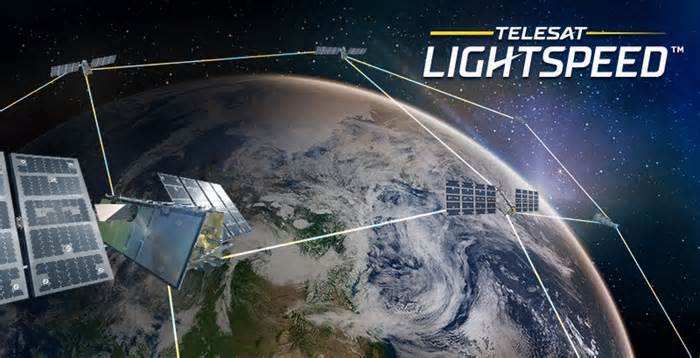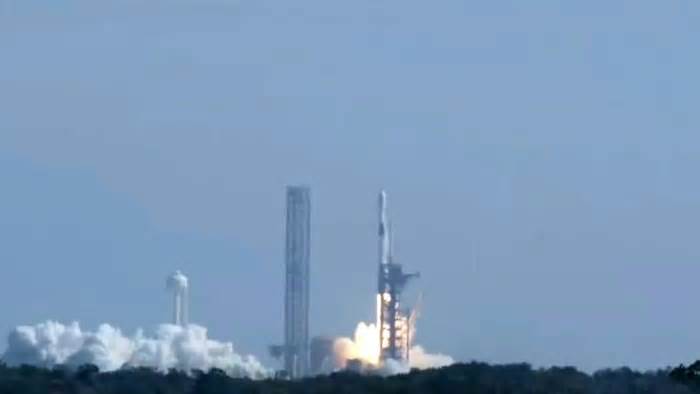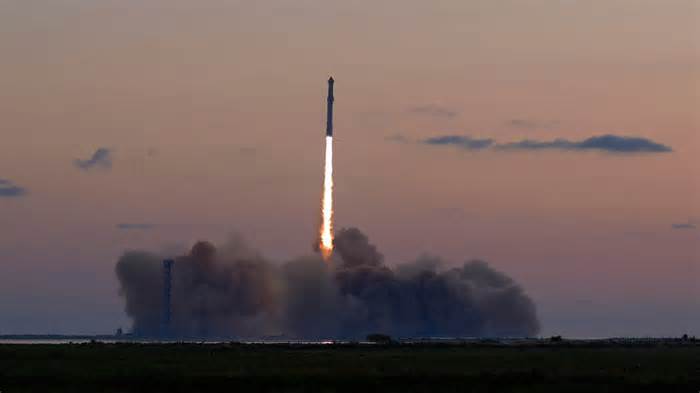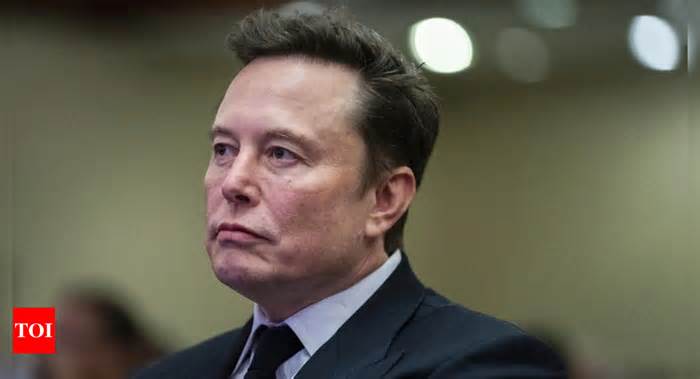
Telesat Defends $2.5B Govt. Loans in Satellite Battle with Starlink
- by iPhone in Canada
- Sep 23, 2024
- 0 Comments
- 0 Likes Flag 0 Of 5

Telesat CEO Dan Goldberg has responded to criticism surrounding the company’s $2.1 billion loan from the federal and Quebec governments, defending the agreement as essential to the launch of its low Earth orbit (LEO) satellite network.
The project is designed to bring high-speed internet to remote areas of Canada but has drawn comparisons to SpaceX’s well-established Starlink satellite service, a company where Elon Musk is CEO.
“There appear to be some misunderstandings” about the Telesat deal, Goldberg said to The Canadian Press , addressing concerns raised by Conservative MP Michael Barrett.
Barrett had publicly questioned the loan’s price tag and asked Musk how much it would cost for Starlink to provide service to all Canadian households without high-speed internet. Musk responded that it would cost “less than half” of what Telesat is receiving, leading Barrett to suggest Starlink would be a better “common sense” plan for Canada.
Goldberg dismissed the comparison, pointing out that Telesat is receiving a loan, not a grant, and will repay it at nine percent interest. The company is also giving up around 12 percent of its equity to the federal and Quebec governments, the latter of which loaned an additional $400 million.
“No one asked Elon if he wanted a $2-billion loan from Canada at nine percent interest and to give up 10 percent of Starlink,” Goldberg said, suggesting that Musk might have answered differently if those terms had been offered.
Goldberg also noted that a portion of the loan would benefit Musk’s SpaceX, as Telesat will use SpaceX to launch its satellites in 2026. The Telesat internet service isn’t slated to go online until 2027. Starlink already has over 6,000 satellites in low-Earth orbit. It’s unclear how Telesat will be able to compete.
This new loan replaces an earlier $1.44-billion agreement from 2021, which did not move forward. Despite this, the government remains committed to spending $600 million on securing internet capacity from Telesat once its LEO system is operational. That’s on top of the $2.1 billion federal government loan.
The feds want to connect 98 percent of the country to high-speed internet by 2026, with full coverage by 2030, leveraging what it calls the Universal Broadband Fund, which has earmarked $3.22 billion for internet.
The Conservative party, however, argues that Starlink could be a better solution. Industry critic Rick Perkins pointed out that Starlink is already operational and could avoid billions in taxpayer spending.
While the government promoted Telesat’s potential to assist with national defence and NORAD modernization, Goldberg clarified that no specific defence commitments are part of the agreement. However, he emphasized the importance of keeping such contracts with Canadian companies, noting that space ventures often rely on government partnerships.
The Liberal party claims there’s a risk of relying on SpaceX and Starlink for NORAD. But the U.S. Defence Department is partnering with SpaceX for its own Starlink satellite internet network.
Innovation Minister François-Philippe Champagne said the Conservatives of want to “sell out our national security.”
“When you are in the farther north, you need a reliable network, and you need sovereignty and resiliency in the network. So to suggest otherwise to me is a bit crazy,” he said.
Minister François-Philippe Champagne was questioned about rejecting Elon Musk's offer for cheaper internet, as Musk claimed he could provide it at half the cost of the government's $2.14 billion deal with Telesat. pic.twitter.com/LaN5XvJfQd
Please first to comment
Related Post
Stay Connected
Tweets by elonmuskTo get the latest tweets please make sure you are logged in on X on this browser.
Sponsored
Popular Post
Tesla: Buy This Dip, Energy Growth And Margin Recovery Are Vastly Underappreciated
28 ViewsJul 29 ,2024






 Energy
Energy



















